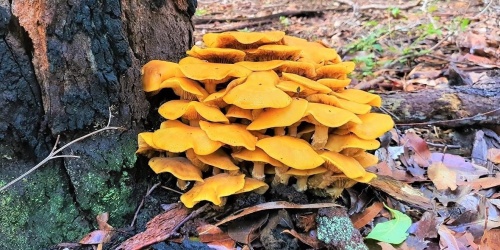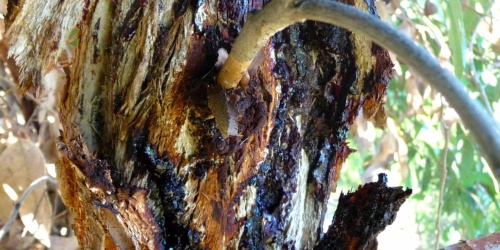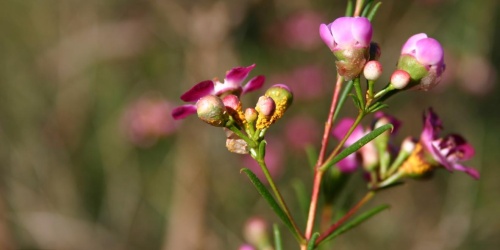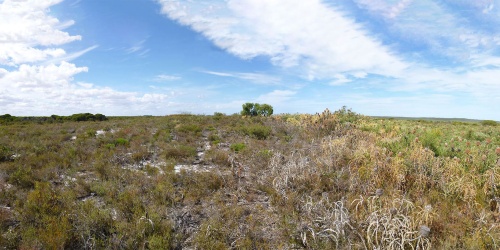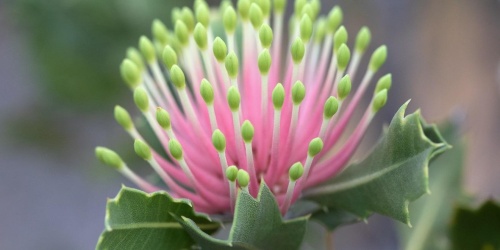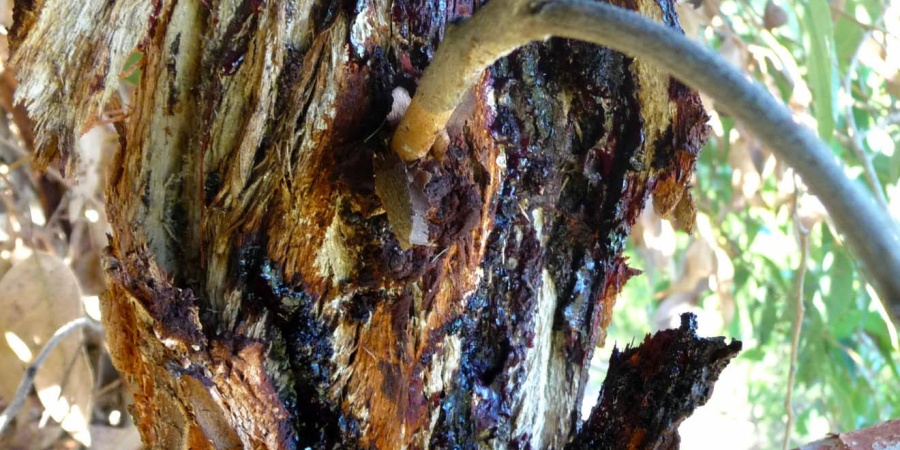
A marri canker infection wound. Photo by Trudy Paap/Murdoch University
A marri canker infection wound. Photo by Trudy Paap/Murdoch University
Plant diseases are a major threat to the health and vitality of the conservation values managed by the Department of Biodiversity, Conservation and Attractions (DBCA). They threaten the plant species they infest, and whole ecosystems dependent on those species. Management of plant diseases is a priority for DBCA and its impacts reach far and wide across DBCA, our functions, and lands.
Plant diseases management is guided by a range of State and Commonwealth legislation as well as DBCA policies, management plans and guidelines including the Phytophthora Dieback Management Manual. DBCA manage a range of plant diseases with a primary focus on Phytophthora dieback due to the enormous impact it has on our native plant species and ecosystems in the south-west of Western Australia.
Plant diseases and tree decline
In the south-west of Western Australia, Phytophthora dieback is often a driving factor in the death of known susceptible understorey plant species as well as many major tree species. For some tree species, other plant diseases may be a more important driving factor in the tree decline syndromes being observed in parts of the state. In marri (Corymbia calophylla), Marri canker has been found to be a major driver of its decline. In other species such as karri (Eucalyptus diversicolour), Armillaria Root Disease (ARD) has been implicated in their death and decline in some areas. Follow the links below to find further resources on these important plant diseases.
Many of our myrtaceous plant species already under threat from Phytophthora dieback are also threatened by potential incursions of plant diseases such as Myrtle rust. Myrtle rust is not yet present in Western Australia, but could have an enormous impact on our native plants. Follow the link below to learn more about the threat of Myrtle rust.
